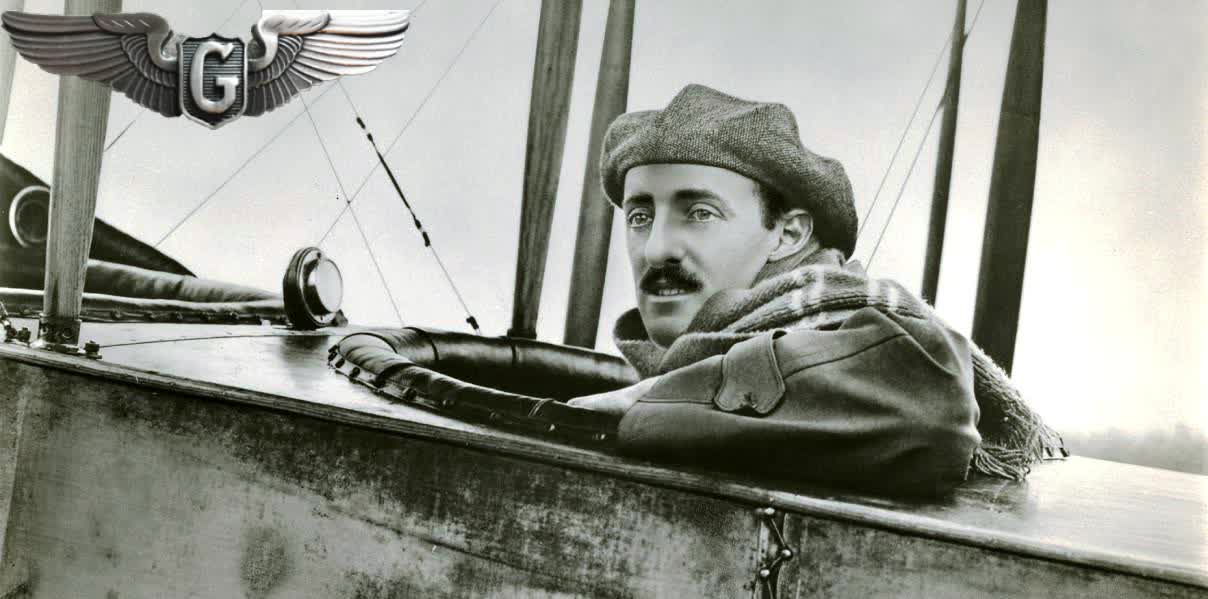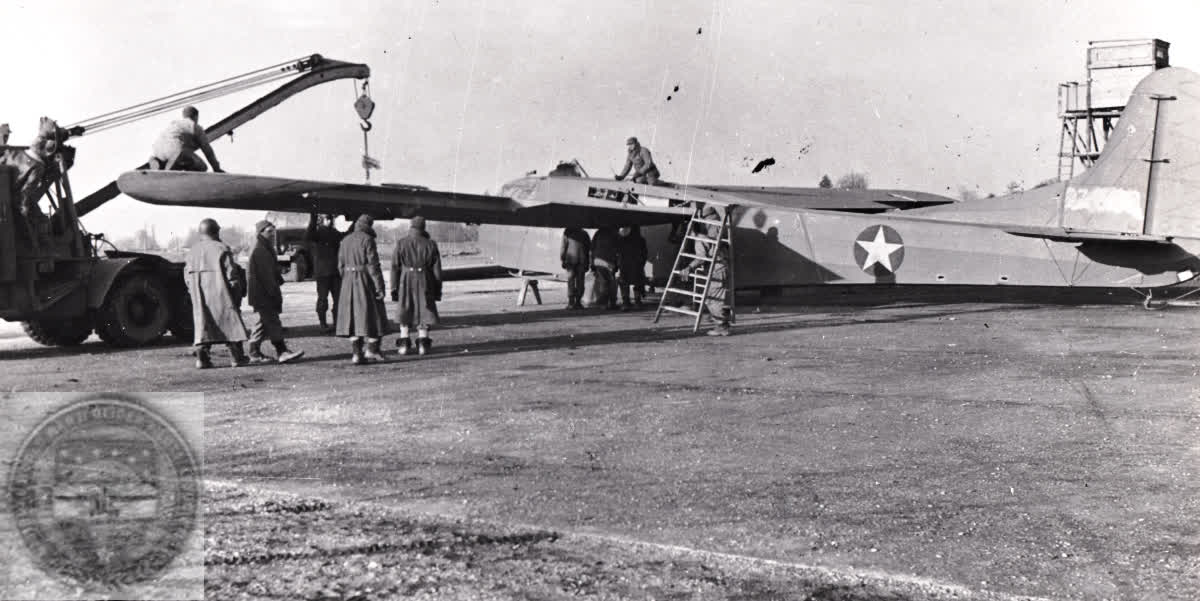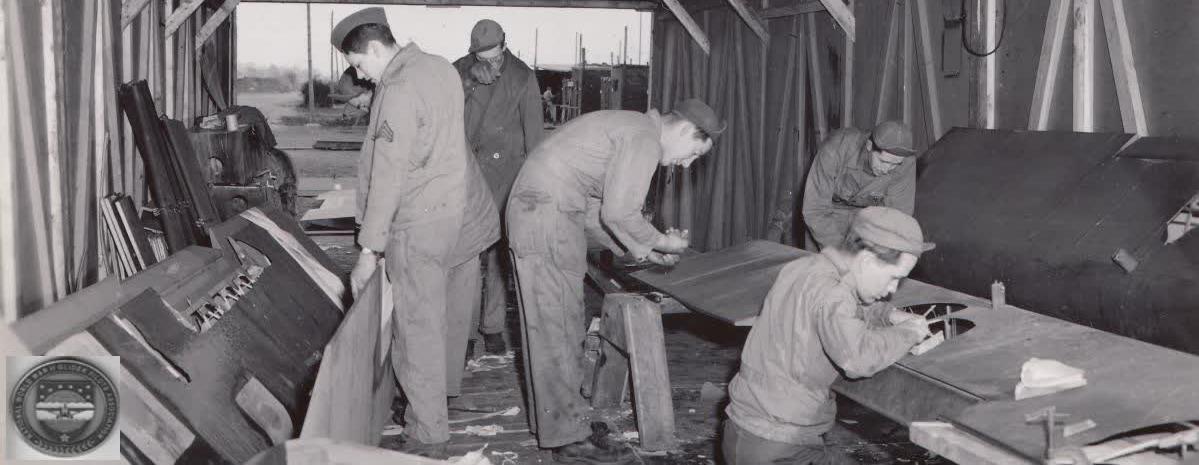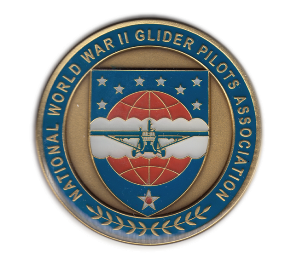National WWII Glider Pilots AssociationLegacy Organization of veterans National WWII Glider Pilots Association. Discover our History, Preserve our Legacy | ||
CG-4A WWII CARGO “combat” GLIDER
Was the CG-4A really flimsy?
Was the CG-4A really flimsy?
By Charles L. Day
|
‘Nay -sayers’ claim: "the CG-4A was flimsy because it was a cotton 'canvas'1 covered, metal tube frame construction". They ignore the reality of that type of construction being the standard for airplanes almost since the beginning of powered flight. Also, the newer aluminum rib and skin construction materials were reserved for power plane production. The CG-4A steel tube framework actually was extremely rugged. When “pancaked” on landing it did not fold or collapse. The object in landing a GC-4A was to get on the ground as quickly as possible. Would anyone call the P-47 flimsy? Because of engine weight, shape of the fuselage and the super charger behind the pilot, a P-47 fight, when pancaked, would lose the engine and break off the fuselage behind the cockpit. This was supposedly a big, sturdy fighter plane and its aluminum skin did little more than the glider's fabric airplane covering to deflect ground fire and flak. -----------------
SOURCE:
|
CG-4A WWII CARGO GLIDER GENERAL SPECIFICATION - CG-4A
Wing Span -- 83', 8" Length (Overall) -- 48', 3-3/4" Height -- 12', 7-7/16" Weight, design -- 3,750 lbs Gross Weight, design -- 7,500 lbs Wing Chord -- 10', 6" Specs for covering the CG-4A call for: Flightex Intermediate airplane fabric manufactured by Suncook Mills, or an equivalent light airplane cotton fabric. More Specifications
CG-4A WAS FLIMSY? COMMUNICATION SYSTEM CG-4A Loads CG-4A Load Facts CG-4A Cockpit CG-4A Instrument Panel 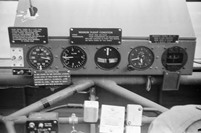 STORIES:
|
The HORSA GLIDER |
GLIDER PICKUP/Snatch Snatching a Glider RECLEMATION American Glider Pilots Captured by British A/B by William SIMONSEN Double Snatch by Charles Day First Glider Snatched from Normandy by Gerald BERRY REMAGEN Glider Retrieval by Jungle Moonlight: Burma, 1944 by Leon SPENCER Charles DAY Keith H. THOMS NWWIIGPA Deputy Wing Commander
Eastern United States Military Snatch Pickup Summary
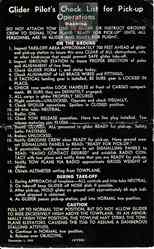
Glider Pilot Check List
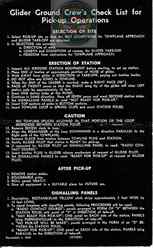
Glider Ground Crew Check List
|
OUR TOW SHIPS |

